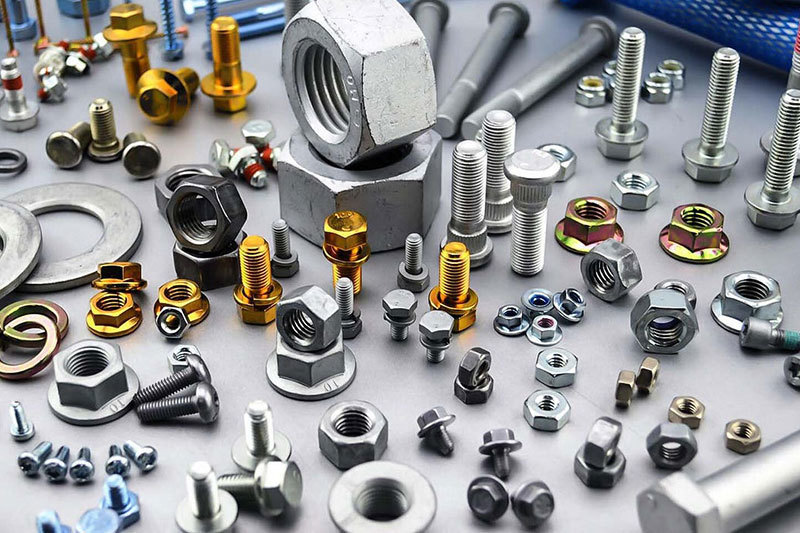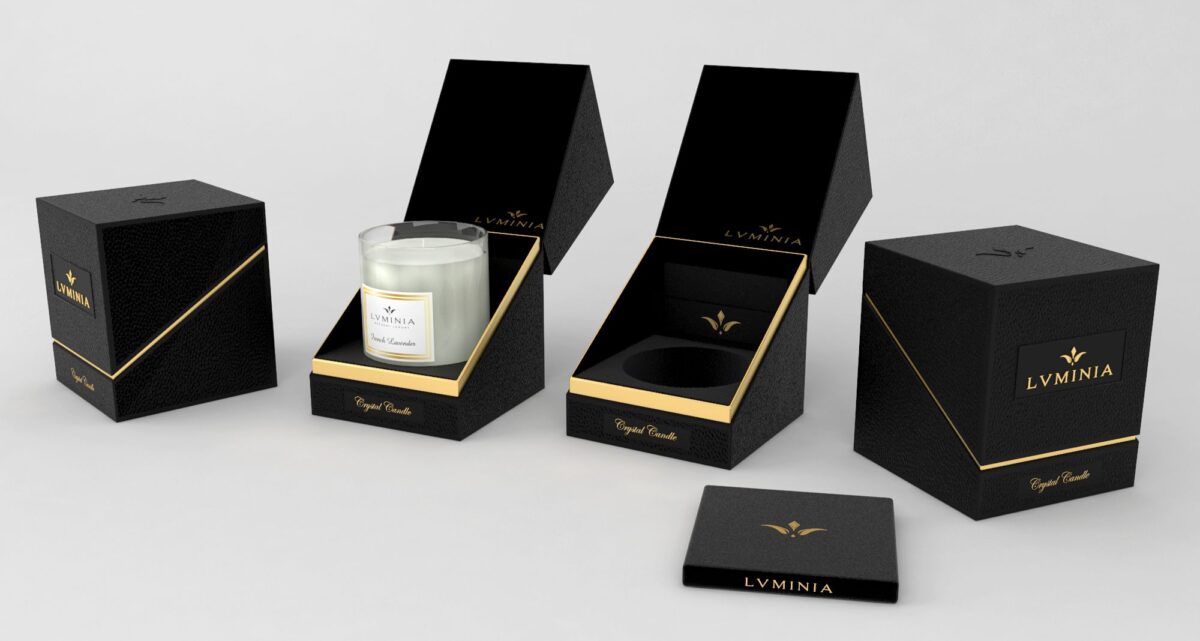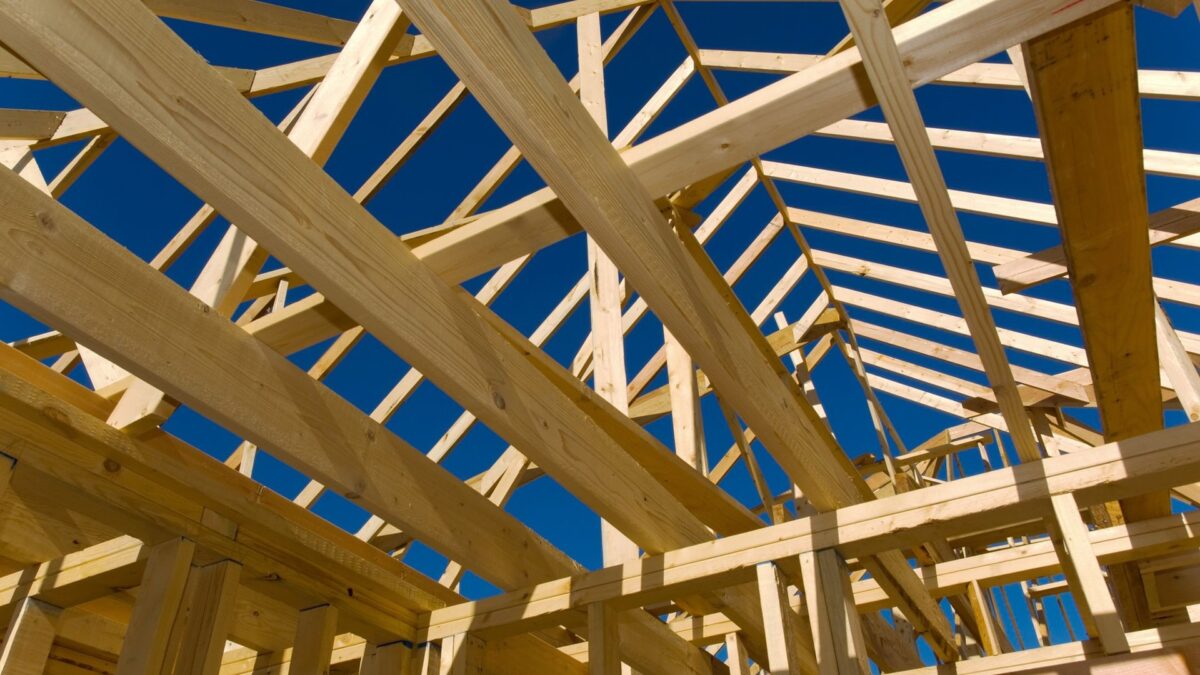In today’s competitive marketplace, trade shows and exhibitions offer an unparalleled opportunity to showcase products, engage with potential customers, and build brand awareness. However, one crucial factor that determines the success of your presence at these events is booth construction. Whether you’re aiming to launch a product, generate leads, or network with industry professionals, your exhibition booth serves as your brand’s physical representation.
In this ultimate guide, we’ll walk you through every essential element of exhibition booth construction—from planning and design to execution and optimization—so you can make a lasting impression at your next event.
1. Understanding the Purpose of Exhibition Booth Construction
Exhibition booth construction goes beyond assembling a physical structure; it’s about creating an experience. Your booth is the first thing attendees see, and it sets the tone for how they perceive your brand. A well-constructed booth:
- Enhances brand visibility
- Attracts foot traffic
- Supports marketing and sales goals
- Facilitates interaction and engagement
Understanding these goals helps you approach booth construction with a clear vision and strategy.
2. Pre-Construction Planning
Before the construction begins, extensive planning is essential to ensure the booth aligns with your business goals and event expectations. A well-executed custom trade show booth design starts with clear objectives, understanding your target audience, and defining the desired visitor experience. Here are the key steps in pre-construction planning:
Define Objectives
Ask yourself:
- What is the primary purpose of attending the event?
- Are you launching a new product, gathering leads, or networking?
- What message do you want to communicate?
Know Your Target Audience
Identify who you want to attract. Understanding their preferences, interests, and pain points will help guide your booth’s design and messaging.
Set a Budget
Budgeting is a critical step. Break it down into the following:
- Design and construction
- Shipping and installation
- Flooring, lighting, and furniture
- Technology and displays
- Staff accommodation and travel
Choose the Right Booth Size and Type
Select a booth size based on your goals and budget:
- Inline booths (small and cost-effective)
- Peninsula booths (exposed on three sides for visibility)
- Island booths (open on all sides and ideal for high traffic)
- Double-decker booths (maximize vertical space)
3. Exhibition Booth Design: Where Creativity Meets Strategy
Design is the soul of your booth. A great design combines aesthetic appeal, functionality, and brand alignment, and it all starts with creative trade show booth display ideas that bring your vision to life.
Visual Branding
Ensure consistent use of:
- Colors and fonts
- Logo placement
- Brand messaging and tone
Layout and Flow
Make the booth welcoming and easy to navigate. Designate spaces for:
- Product displays
- Demonstrations
- Meetings
- Storage
Graphics and Signage
Use high-quality visuals to communicate key messages quickly. Large banners, LED screens, and backlit panels can attract attention even from a distance. When exploring 30×30 trade show booth ideas, incorporating bold visual elements is essential to maximize the impact of your space and draw in more visitors.
Lighting
Proper lighting enhances the overall ambiance and helps highlight key areas. Use a mix of:
- Ambient lighting for the overall booth
- Task lighting for product focus
- Accent lighting for mood and branding
4. Choosing Materials and Construction Techniques
The materials used in booth construction affect its durability, appearance, and cost. Common options include:
Lightweight Materials
- Aluminum frames
- Tension fabric
- PVC panels
These are cost-effective and easy to transport and assemble.
High-End Materials
- Wood, glass, and metal
- LED-integrated panels
- Custom flooring
Ideal for creating a premium feel and luxurious ambiance.
Modular vs. Custom Booths
- Modular booths: Reusable, cost-efficient, and easy to set up. Great for companies that exhibit frequently.
- Custom booths: Tailored to specific needs. They offer a unique look but are usually more expensive and time-consuming to build.
5. Technology Integration
Integrating technology can transform your booth into an interactive and immersive experience.
Touchscreens and Interactive Displays
Enable attendees to explore your products and services through videos, apps, or interactive catalogs.
Augmented and Virtual Reality
Offer virtual tours, product demos, or immersive storytelling experiences.
Live Demos and Presentations
Use audio-visual setups for product launches, Q&A sessions, or expert talks to draw attention.
Lead Capture Tools
Incorporate digital tools to collect attendee information efficiently—QR code scans, lead retrieval systems, or tablets with form submissions. Partnering with a trade show exhibit builder in New York can help integrate these technologies seamlessly into your booth design for maximum impact and convenience.
6. On-Site Construction and Setup
Execution is key. Your booth may look great on paper, but seamless setup and breakdown are equally important.
Shipping and Logistics
Ensure all materials arrive at the venue on time. Consider hiring a logistics partner to handle transport, customs, and storage.
Installation Team
Rely on a skilled team for on-site construction. They should be well-versed in the booth design and layout to ensure accurate setup.
Safety and Compliance
Follow all local event regulations. Ensure structural stability, fire safety measures, and accessible exits.
7. Staffing and Engagement
Your booth staff plays a critical role in representing your brand. Choose individuals who are:
- Well-trained and knowledgeable
- Approachable and engaging
- Skilled in sales or demonstrations
Provide uniforms or branded apparel for consistency and professionalism.
Engagement Tactics
- Offer giveaways or promotional items
- Conduct games or contests
- Host interactive product demos
- Provide refreshments or lounge areas
8. Post-Event Dismantling and Evaluation
Once the event concludes, it’s time to take the booth down—but the work isn’t over yet.
Dismantling and Storage
Have a teardown plan ready. Decide whether the booth will be stored for future use or recycled.
Evaluate ROI
Measure success by tracking:
- Number of leads generated
- Sales closed
- Social media engagement
- Press or media coverage
Gather feedback from staff and attendees to refine your strategy for future events.
9. Partnering with a Professional Booth Construction Company
For many businesses, managing booth construction internally is challenging. Partnering with an experienced booth construction company ensures a smooth and professional outcome.
Benefits of Hiring Experts
- Access to in-house designers, engineers, and project managers
- Custom solutions tailored to your goals
- Timely delivery and installation
- Post-show dismantling and storage options
How to Choose the Right Partner
Look for:
- Proven track record and client testimonials
- Portfolio of past projects
- In-house fabrication capabilities
- Transparent pricing and timelines
10. Sustainability in Booth Construction
Sustainability is becoming increasingly important in the exhibition industry. You can adopt eco-friendly practices such as:
- Reusable modular systems
- Sustainable materials (e.g., bamboo, recycled aluminum)
- Energy-efficient lighting (LEDs)
- Digital brochures instead of printed material
- Waste management and recycling programs
A green booth not only helps the environment but also appeals to conscious consumers.
Final Thoughts
Exhibition booth construction is a blend of strategy, creativity, and precision execution. A well-constructed booth is more than a structure—it’s a storytelling platform, a lead-generating machine, and a memorable brand experience. By understanding the process, planning thoroughly, and investing in quality design and build, you can stand out in the crowd and make your next trade show or exhibition a resounding success.
Whether you’re a first-time exhibitor or a seasoned pro, following this ultimate guide will ensure your booth not only looks impressive but also performs exceptionally well. And remember, success starts with the booth—but it’s sustained through connection, conversation, and follow-up.




